How to grow broccolini at home – for substantial harvests of gourmet vegetables
Broccolini is a highly sought-after crop for its bite-size, nutritious florets
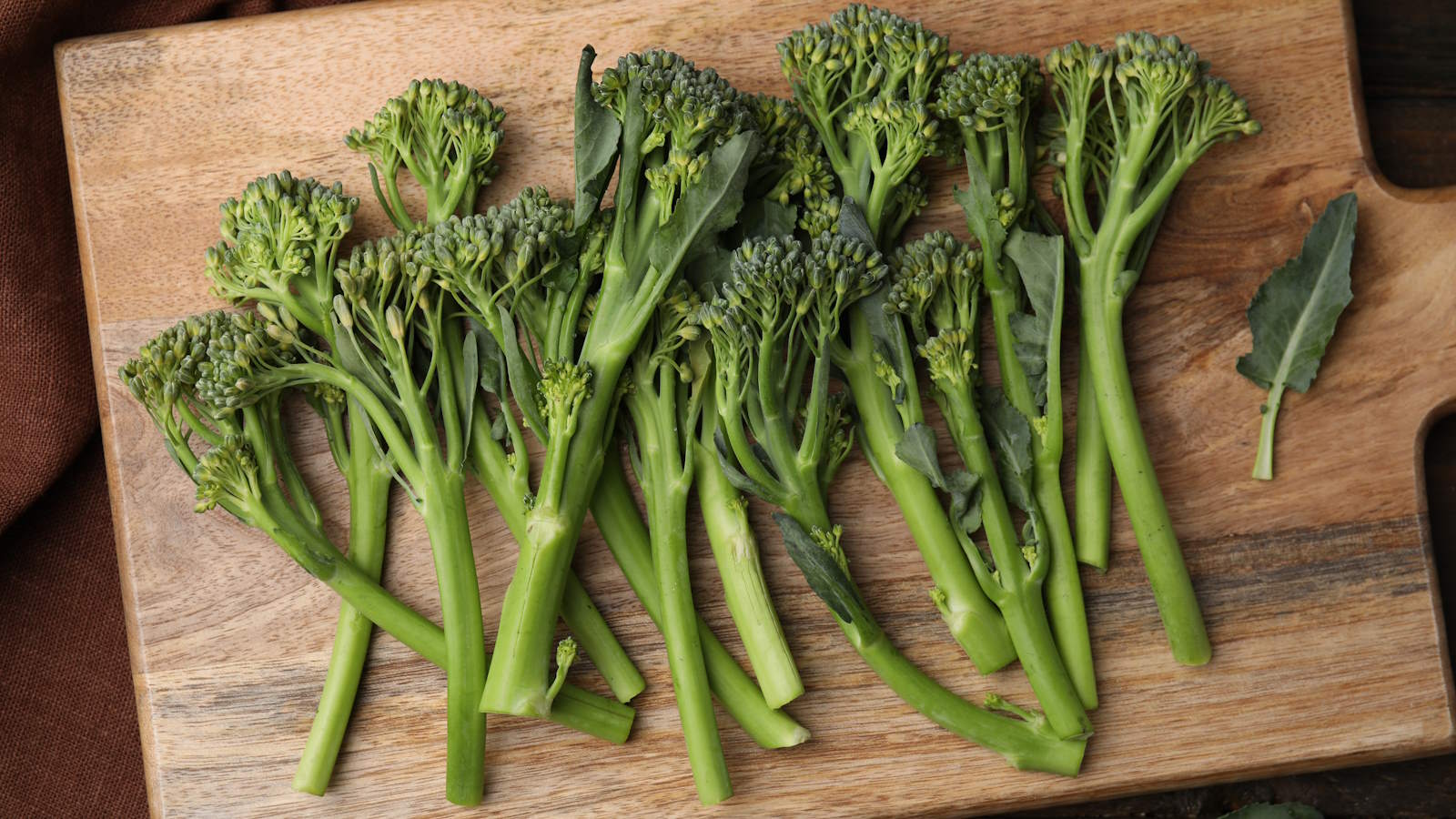

Broccolini has become a very fashionable vegetable in recent years, often seen on the plates of high-end restaurants and fetching a premium price in grocery stores. But what exactly is broccolini and can you grow this trendy crop at home?
If you grow broccoli in a backyard vegetable garden, you know it has a short season. You get one main head to harvest and then hopefully a few more side shoots will follow. However, the joy with broccolini is that you get a bounty of bite-sized stalks and heads over a long harvesting period.
I grew and harvested broccolini for chefs at a Michelin-starred restaurant when I ran a walled vegetable garden and have seen first-hand how productive the plants can be. My plants were grown from seed in a greenhouse and planted in late spring to give a long harvest of delicious stalks. See how you can grow broccolini too.
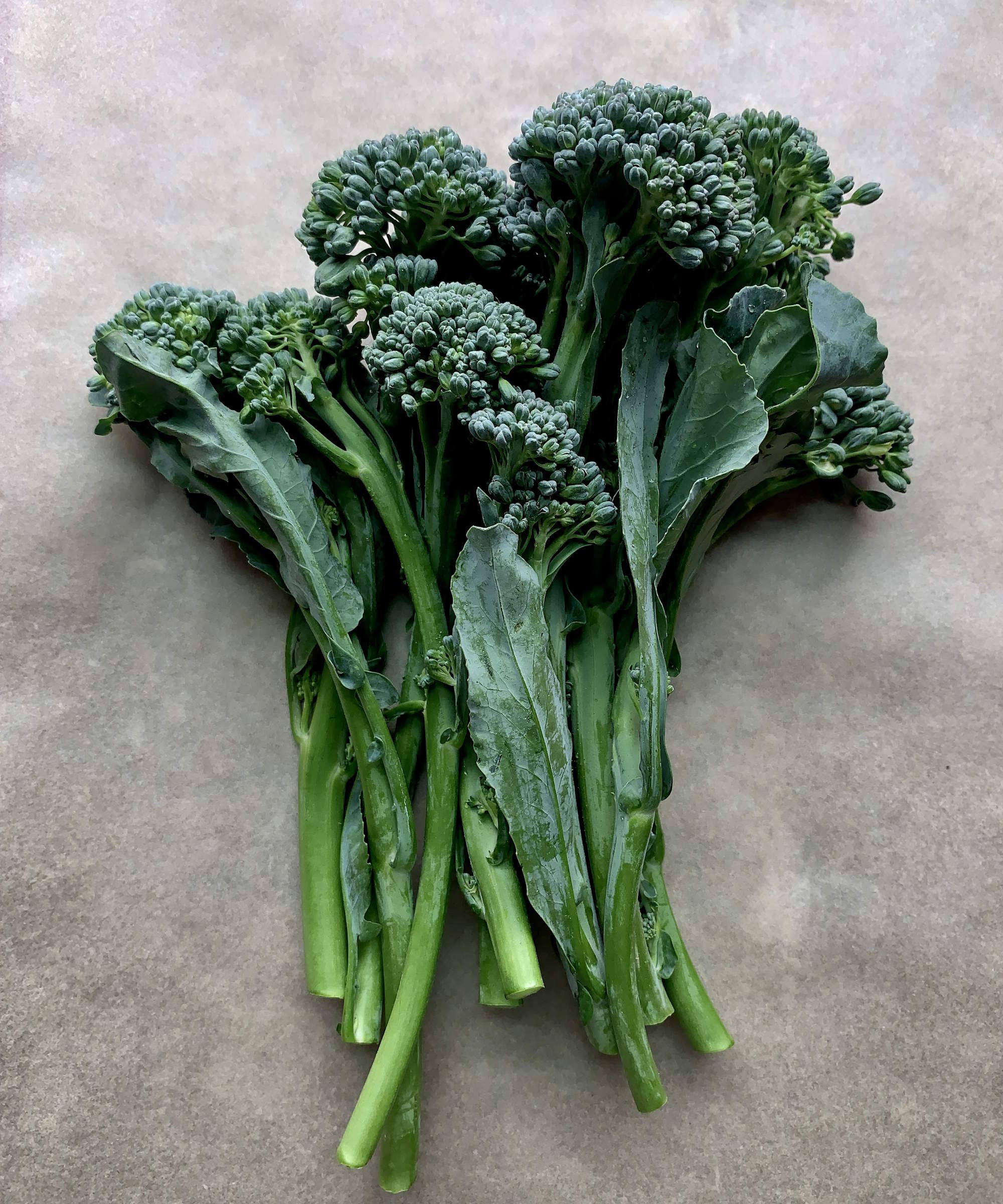
Broccolini is high in vitamins and fiber
What is broccolini?
Broccolini is an annual plant in the Brassica family and a hybrid between European broccoli and Chinese broccoli, also known as gai lan. It goes by many names, including tender stem broccoli and aspabroc, but is often known by its common name of ‘baby broccoli’. The crop resembles traditional broccoli but produces many small shoots rather than one large head. The entire plant is edible, including the florets, stems, and leaves.
How to grow broccolini - from seed or transplants
If you want to add broccolini to your growing list for this year you can buy transplants from garden centers, nurseries, or online to plant in your vegetable garden. Alternatively, you can add the crop to your seed sowing plan and grow broccolini from seed.
How to grow broccolini from seed
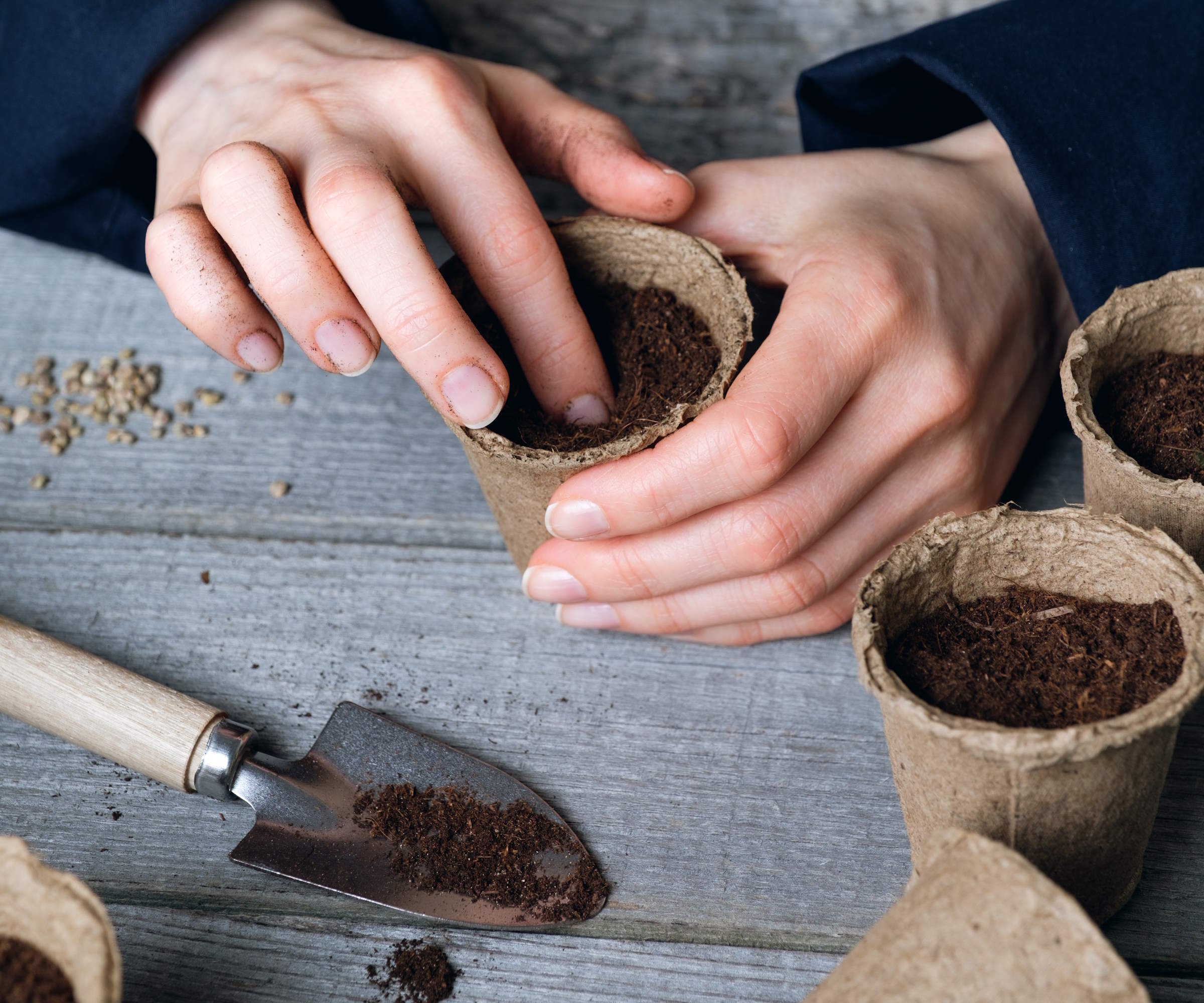
Grow broccolini plants from seed in spring or summer
It is best to sow seeds indoors and grow your own broccolini transplants. This should be started 4-6 weeks before your last frost date. Sow seeds into individual pots filled with quality potting soil for starting seeds, available at Walmart, and start them in a warm and protected place - such as in a greenhouse or on a bright windowsill.
Transplant seedlings into the vegetable garden when they are around 4-6 weeks old and after the risk of frosts has passed. The seedlings want to be hardened off for a few weeks to get used to outdoor conditions.
A second sowing of broccolini seeds later in the year can provide a fall harvest. Sow seeds in mid-to-late summer and transplant the seedlings into the garden once they have 6-8 true leaves and are large enough to handle.
You can sow seeds outdoors directly into their growing position. Prepare the site by weeding and raking it level and sow seeds a half-inch deep once the soil temperature reaches 55°F. When the seedlings appear, thin them to around 12 inches apart. Slug control may be required, as the pests can be an issue due to their tendency to eat seedlings as they develop.
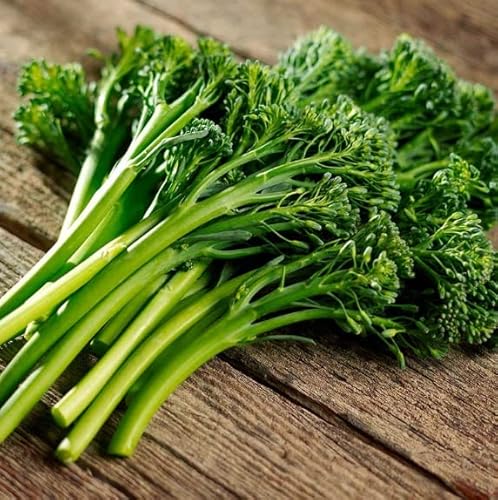
A packet of 30, 50, or 100 broccolini seeds to sow at home. The seeds are carefully selected for their superior quality.
How to plant broccolini

Cover broccolini plants with netting as soon as they are in the ground
Broccolini plants are cold-sensitive and should only be planted after the last frost date for your location. Jessica Mercer from Plant Addicts advises growers to wait until ‘the soil is workable in the spring’ to plant out. She adds: ‘Broccolini is more sensitive to frost than broccoli. So cover your broccolini if an unexpected frost occurs after planting.’
As broccolini plants are sensitive to low temperatures, protect young vegetable plants from cold nights and light frosts with horticultural fleece, available at Amazon. The plants can suffer damage at temperatures below 25°F.
Broccolini plants can grow relatively large and should be spaced 18 to 24 inches apart. Plant them in a sunny spot in your garden, ideally one that receives at least 6 hours of direct sunlight. Broccolini plants can tolerate partial shade, however, this will impact the quality of the spears come harvest time.
An ideal soil type is fertile and well-draining with a slightly acidic pH for best results. It is beneficial to add compost or well-rotted manure to the planting site. Mulching the plants will aid in retaining moisture and controlling weeds.
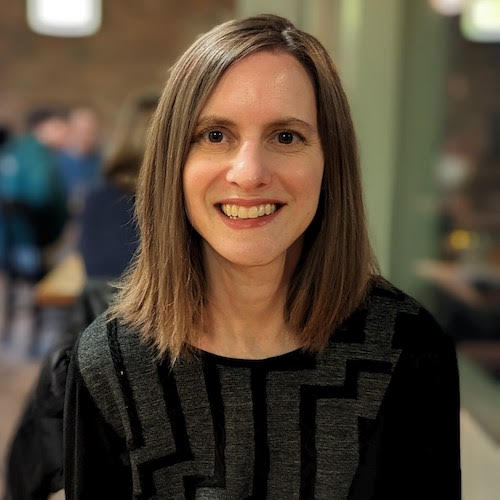
Jessica Mercer, PhD, is the senior content marketing coordinator for Plant Addicts. As a 'plant collector', Jessica enjoys growing many different plants and learning about the best culture practices for each. Writing for Plant Addicts is a real joy for her, as she can use her science background to research interesting plant topics
Care tips
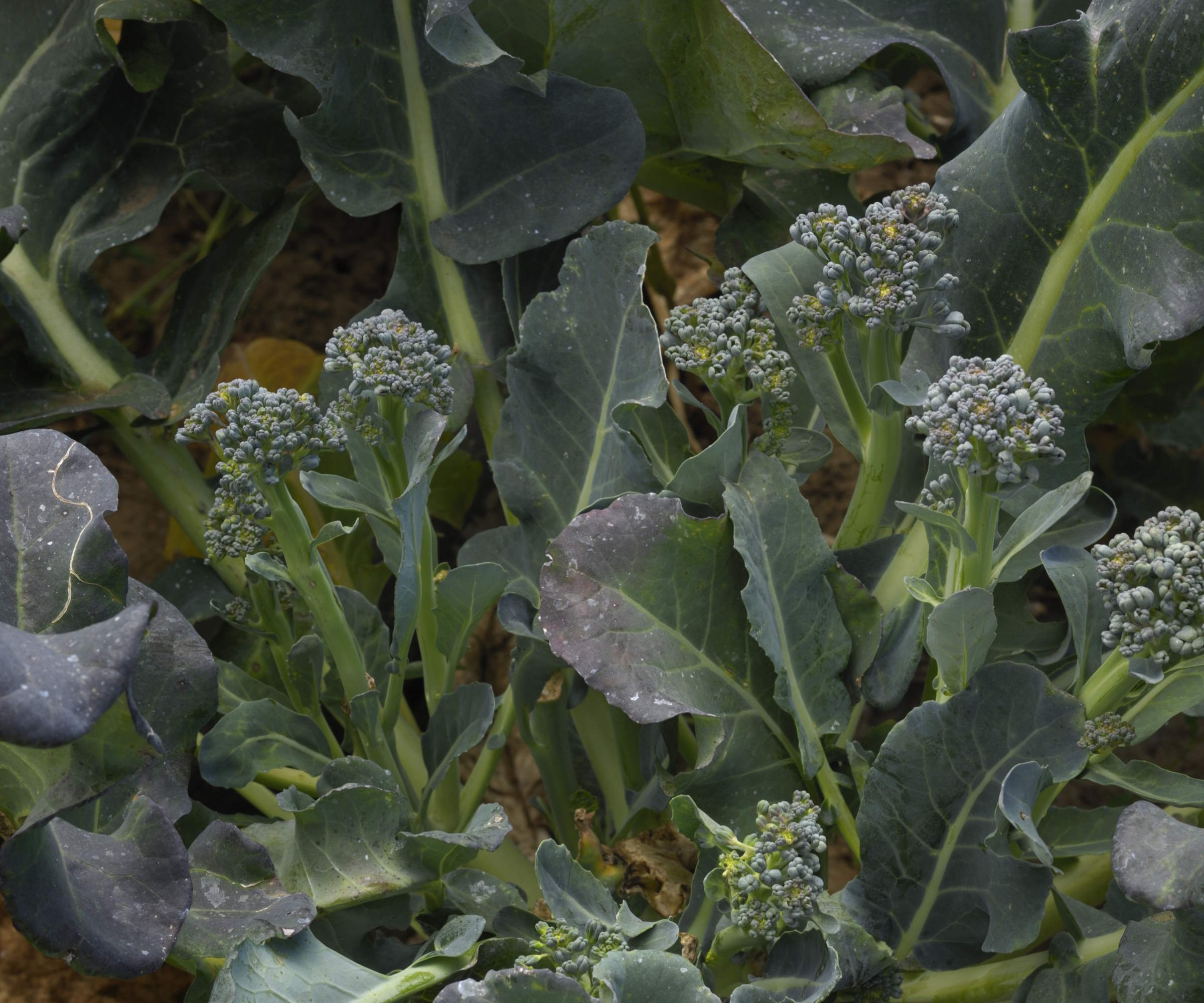
Feeding and watering broccolini plants helps produce lots of florets
Broccolini requires lots of watering to grow strongly and produce a great harvest of tasty spears. Pay regular attention to when to water plants, as broccolini wants about 1-2 inches of water per week to keep the soil consistently moist.
The crop also benefits from regular feeding during the growing season. As Jessica Mercer advises: ‘Broccolini is a hungry and thirsty crop. Fertilize crops every three weeks with a balanced organic formula, and avoid products that are high in nitrogen.’
As with all brassicas, broccolini are susceptible to pests including cabbage loppers and cabbage worms. The best way to keep caterpillars away from the vegetables is to cover plants with fine garden netting, available at Amazon. Any caterpillars can be picked off by hand or organic insecticides that contain the natural bacteria Bt (Bacillus thuringiensis kurstaki) can be sprayed to control the pests.
The likes of aphids, flea beetles, and thrips can also affect broccolini plants. Covering plants can combat many pests and spraying affected plants with insecticidal soap, also available at Amazon, neem oil, or simply a jet of water can help.
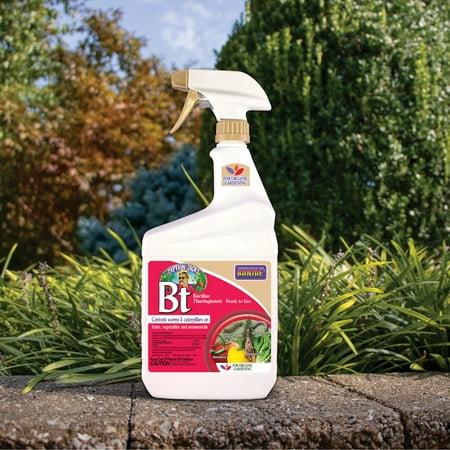
An insect control spray for use on cabbage looper, hornworms, tent caterpillar, gypsy moth, bagworm and many more.
How to harvest broccolini

Broccolini florets should be harvested at 6-7 inches long
Broccolini can take 50-60 days to go from planting out into the garden to being ready to harvest. The central crown can be cut when it develops, this is edible but the primary reason for removing it is to stimulate the growth of lots of side shoots.
The side shoots will develop quickly from the stem and should be harvested regularly when they are around 6-7 inches long. Cutting these florets back to above a set of leaves will promote the continuous growth of lots of more stems. Regular harvesting will provide you with a bounty of delicious shoots and prevent the plant from flowering.
FAQs
Can you grow broccolini in pots?
Broccolini can be grown in pots as part of a vegetable container garden or in raised beds - you can enjoy this fashionable crop even in a small vegetable garden. Any container needs to be at least 16 inches wide and have holes in the button for drainage. Keep a close eye on watering plants in containers as they can dry out quickly, especially in the summer.
Can I eat broccolini that has flowered?
When broccolini has yellow flowers it means that the vegetable has matured and started to bolt. Warm weather often causes broccolini to bolt and produce these small yellow flowers. The whole of the plant is edible, including the flowers which can be added to a variety of dishes.
The cut-and-come-again nature of harvesting broccolini means you benefit from a long cropping season. Planting such crops in a kitchen garden gives you extended harvests and a bounty of homegrown veg from one plant. Other brassicas that will continue to produce a crop once you start harvesting include kale, broccoli rabe, and purple-sprouting broccoli.
Sign up to the Homes & Gardens newsletter
Design expertise in your inbox – from inspiring decorating ideas and beautiful celebrity homes to practical gardening advice and shopping round-ups.

Drew’s passion for gardening started with growing vegetables and salad in raised beds in a small urban terrace garden. He has worked as a professional gardener in historic gardens and specialises in growing vegetables, fruit, herbs, and cut flowers as a kitchen gardener. That passion for growing extends to being an allotmenteer, garden blogger, and producing how-to gardening guides for websites. Drew was shortlisted for the New Talent of the Year award at the 2023 Garden Media Guild Awards.
-
 Renovation Aloha's Tristyn and Kamohai Kalama share the front color you need to sell your home – they explain, 'it's one of the areas you can go a little bolder'
Renovation Aloha's Tristyn and Kamohai Kalama share the front color you need to sell your home – they explain, 'it's one of the areas you can go a little bolder'In Homes & Gardens' exclusive interview with the Kalamas, they explain the renovations to make to the front of your home for property value
By Sophie Edwards
-
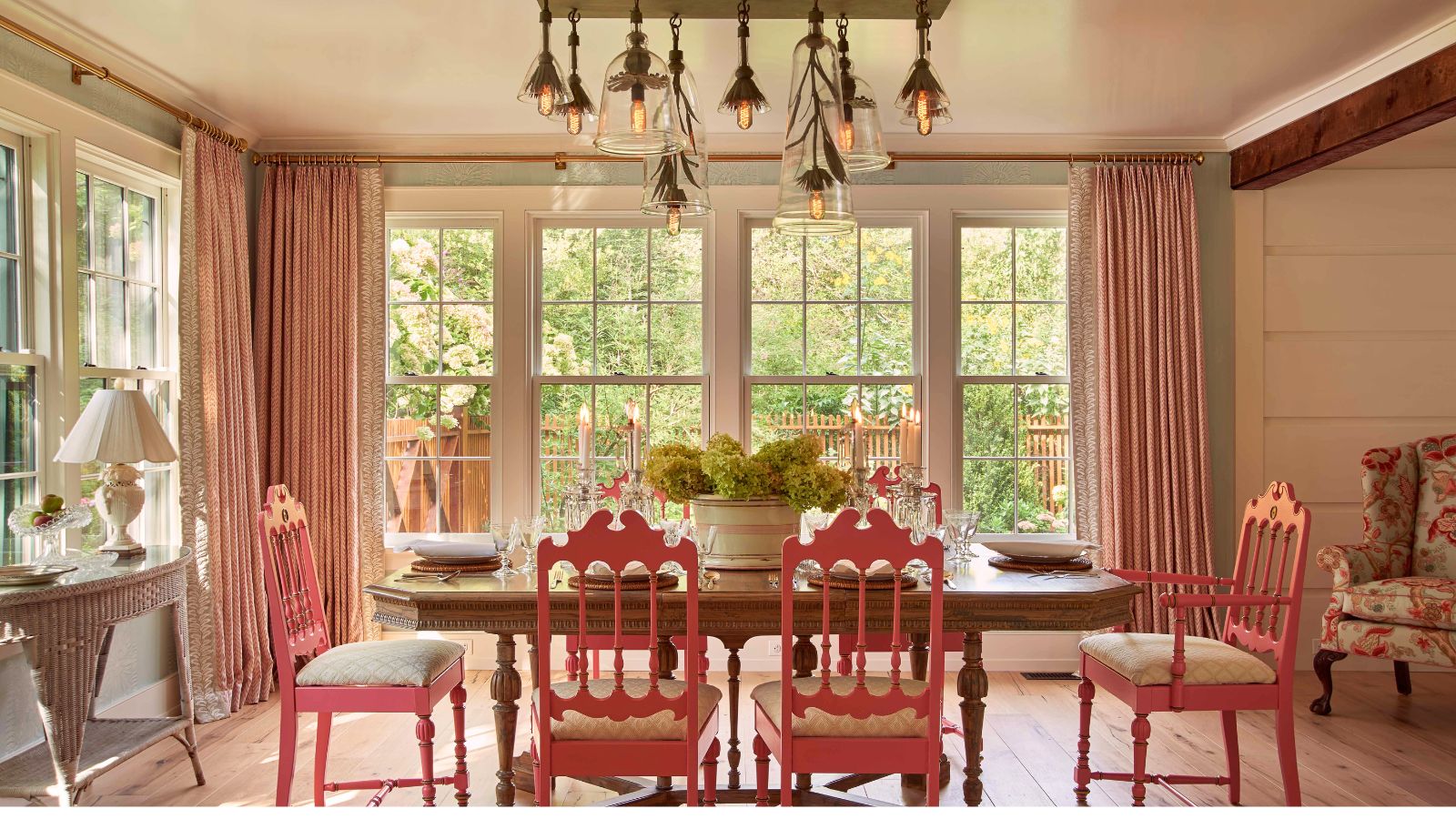 9 things designers always look to buy at an estate sale
9 things designers always look to buy at an estate saleDiscover the sought-after antique and vintage pieces interior designers always look out for at estate sales
By Pippa Blenkinsop
-
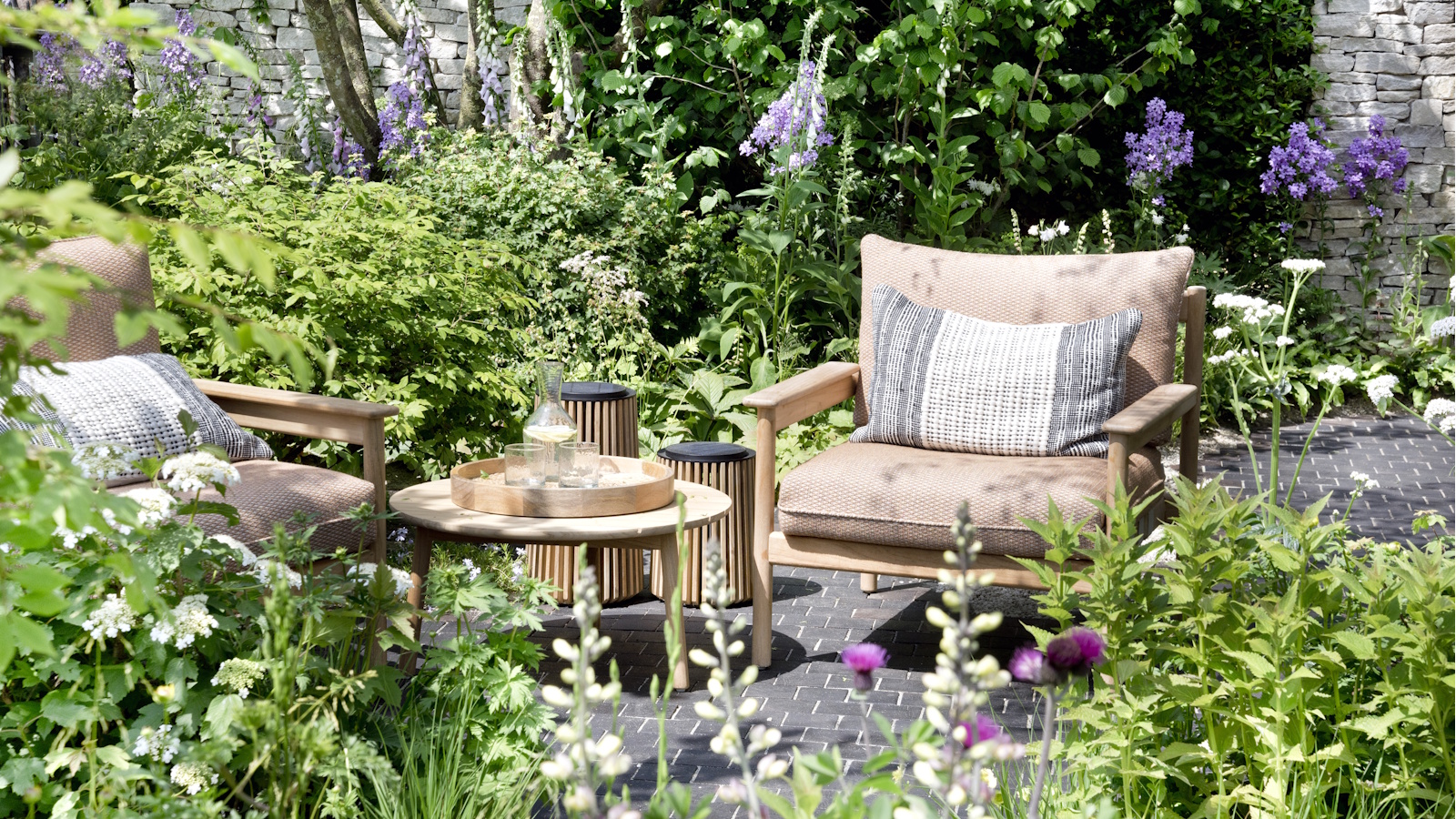 This $20 pop-up greenhouse from ALDI is perfect for small yards – it will turbocharge your tomato harvests this summer
This $20 pop-up greenhouse from ALDI is perfect for small yards – it will turbocharge your tomato harvests this summerEasy to use and compact to store, pop-up greenhouses are ideal for patio or balcony gardeners
By Thomas Rutter
-
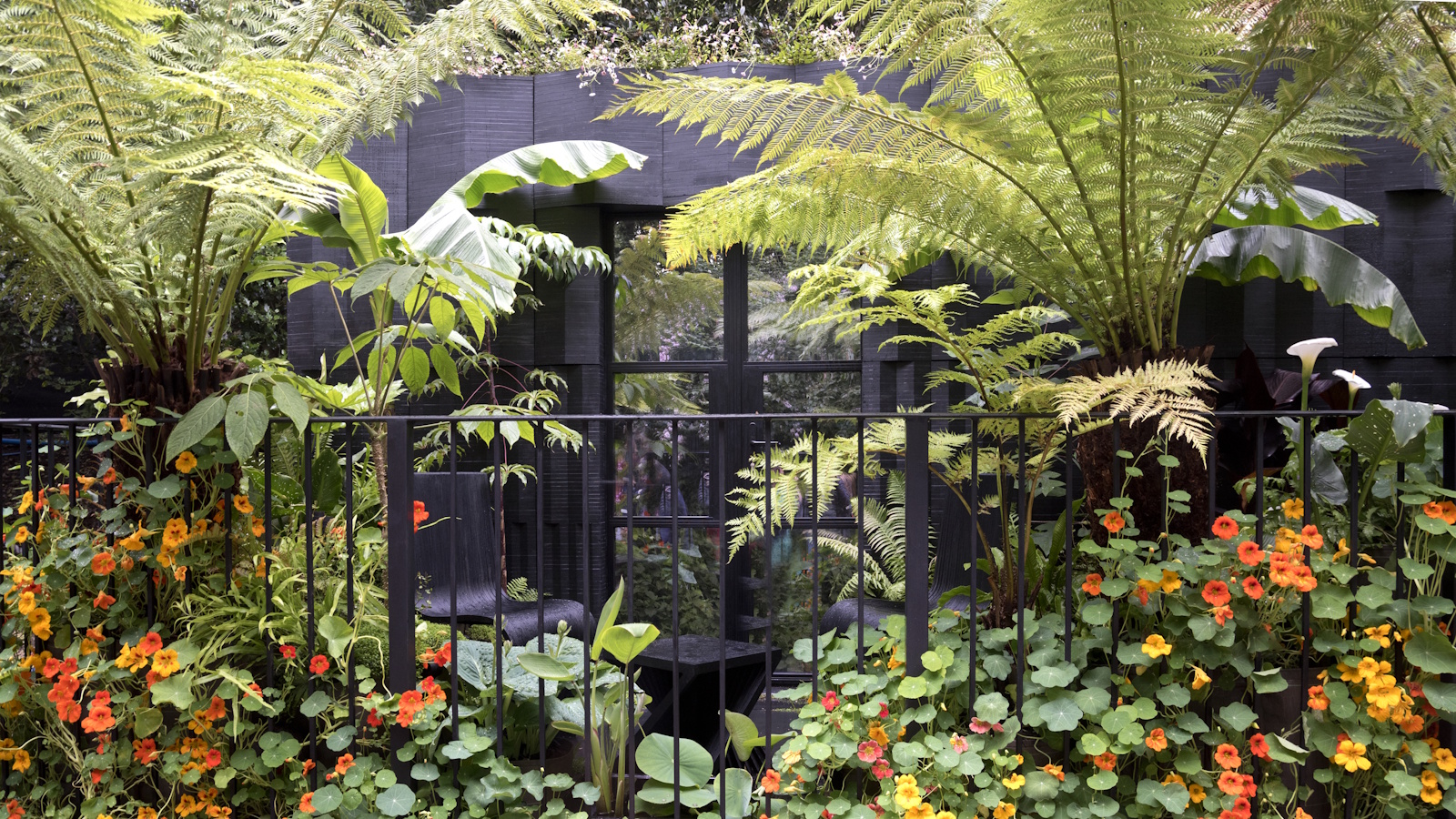 Small yard but want to grow your own crops? This wooden cold frame is 40% off at Wayfair – and it's perfect for tiny patios and apartments
Small yard but want to grow your own crops? This wooden cold frame is 40% off at Wayfair – and it's perfect for tiny patios and apartmentsCold frames are a sensible investment for any gardeners struggling for space on balconies, backyards or patios
By Thomas Rutter
-
 7 of the best tomatoes for growing in pots – expert growers pick their top varieties ideal for large harvests from containers
7 of the best tomatoes for growing in pots – expert growers pick their top varieties ideal for large harvests from containersYou can enjoy bumper homegrown harvests in small spaces
By Drew Swainston
-
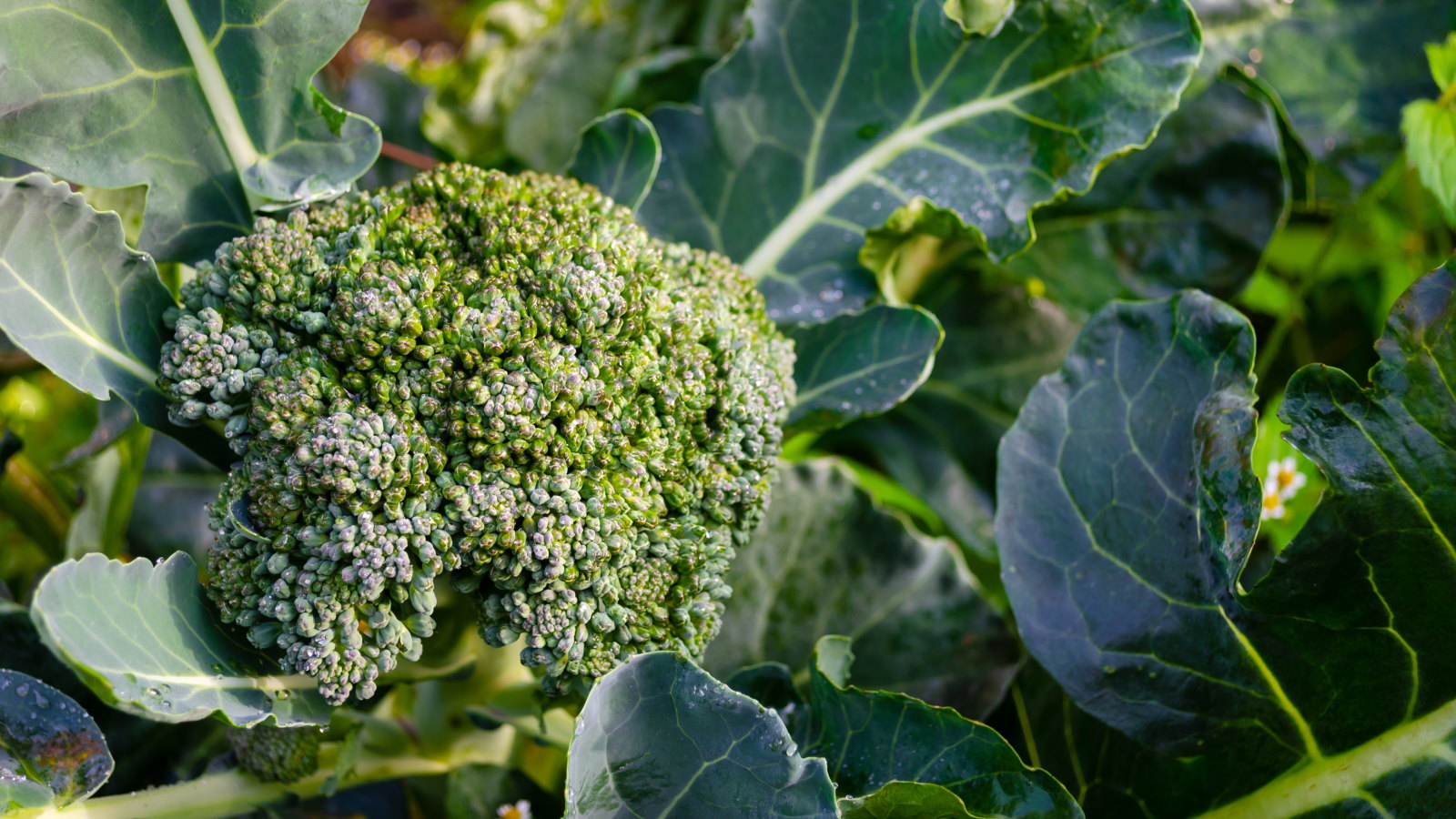 These 5 plants can help you get the best, and potentially tastiest, broccoli ever – discover what to plant with broccoli, and what to avoid
These 5 plants can help you get the best, and potentially tastiest, broccoli ever – discover what to plant with broccoli, and what to avoidOur selection of vegetables, herbs, and flowers is perfect for companion planting with broccoli
By Drew Swainston
-
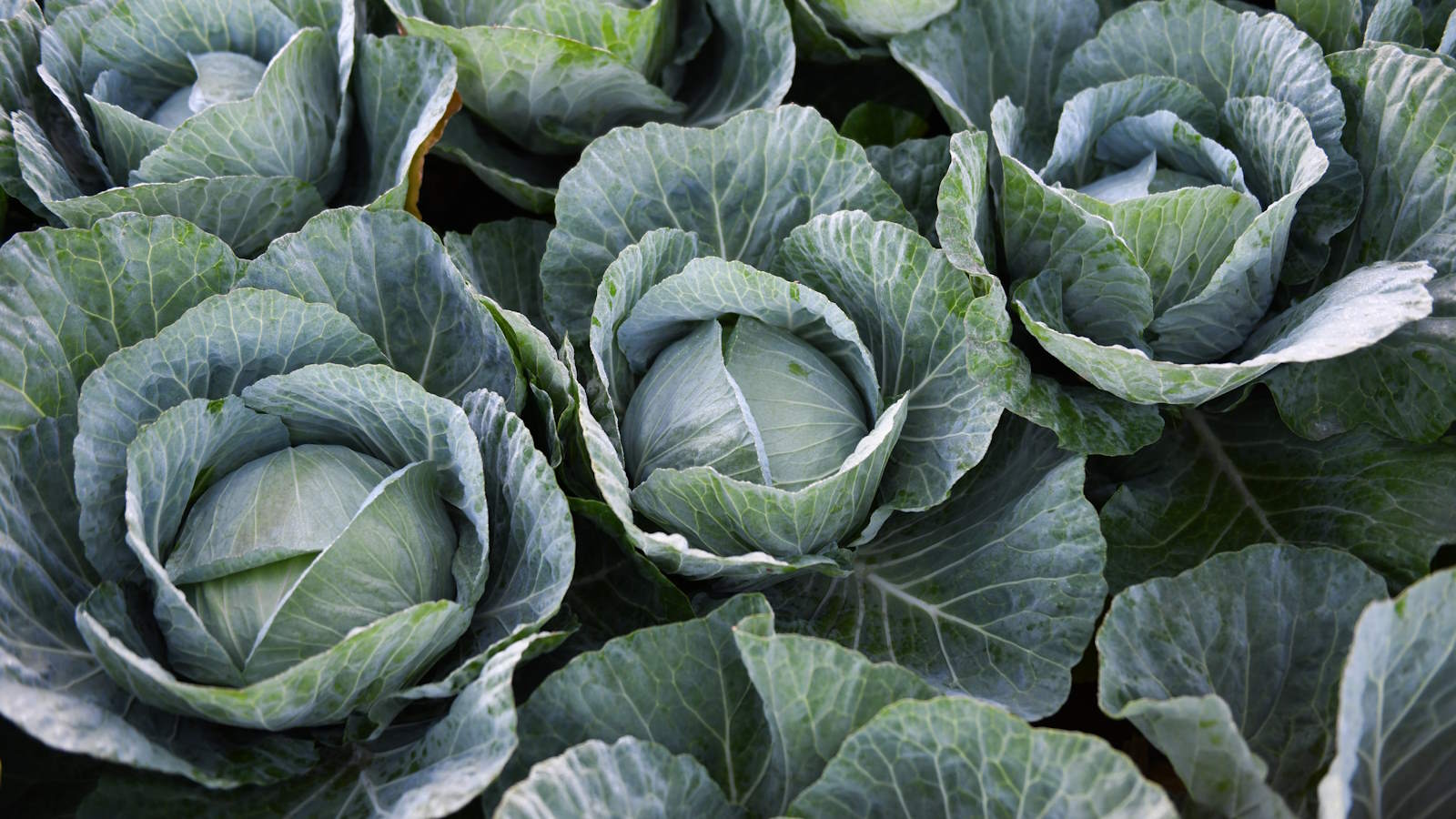 How to grow cabbages in containers – expert tips for top harvests in small urban spaces
How to grow cabbages in containers – expert tips for top harvests in small urban spacesYou can grow lots of different cabbages in pots, troughs, grow bags, or buckets
By Drew Swainston
-
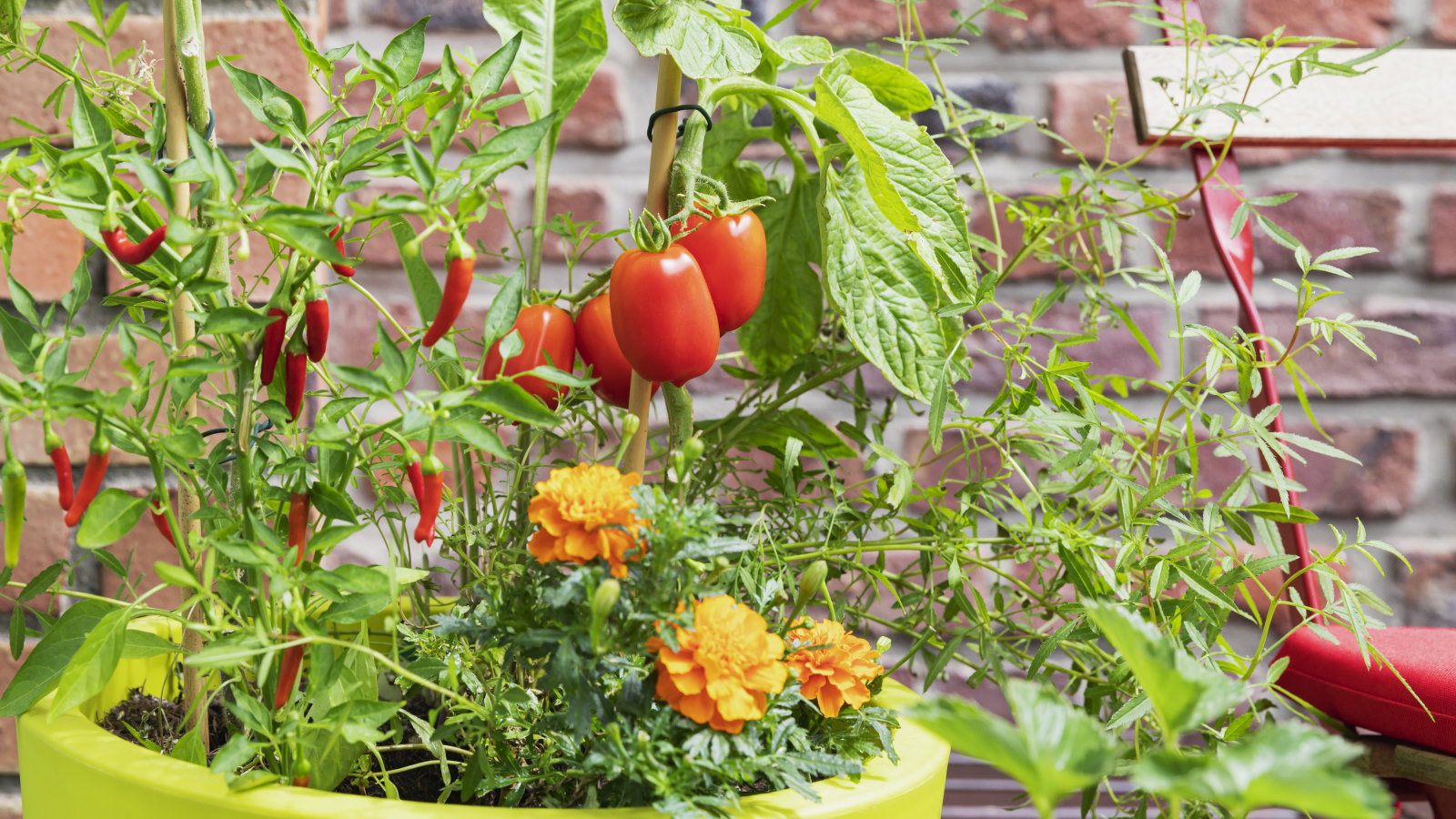 You'll get the best homegrown tomato crops if you plant them next to this one flower – discover why these two are a dream combination
You'll get the best homegrown tomato crops if you plant them next to this one flower – discover why these two are a dream combinationYour tomato plants will be pest-free and covered in fruits
By Drew Swainston
-
 Direct sowing vs transplanting – our grow-your-own expert advises which is best, and shares 5 veggies you should always sow directly
Direct sowing vs transplanting – our grow-your-own expert advises which is best, and shares 5 veggies you should always sow directlyBoth approaches to sowing vegetables have pros and cons
By Drew Swainston
-
 I grew rhubarb from seed for years – here’s exactly how to do it for guaranteed germination and healthy crops of fruit
I grew rhubarb from seed for years – here’s exactly how to do it for guaranteed germination and healthy crops of fruitGrowing rhubarb from seed is a cost-effective way to propagate plants, but it requires care and patience
By Drew Swainston